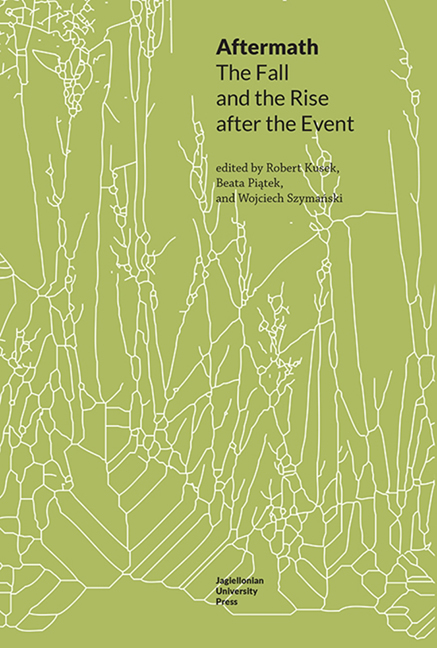Discording After-Rites: Commemoration and Intimate Grief in British and French Fiction Published at the Great War's Centenary
Published online by Cambridge University Press: 06 November 2021
Summary
The catastrophe of World War I caused a “corporeal crisis”: men's bodies were brutally injured on the battlefields, their deaths were often unsightly, and they were buried, like the homeless in peacetime, in common graves (Bourke 1999: 251, 210–221). As a result, the conflict radically transformed the funeral practices in the West: they were no longer relevant, particularly in the absence of a body to bury (Bourke 1999: 210– 242; Jalland 2010: 15–33). Furthermore, the millions of corpses interred in French and Belgian soil caused serious problems in the aftermath of war, as families demanded that the bodies of their loved ones be returned to them, while military authorities were seeking appropriate solutions to avoid disorder and lawlessness (see Pau 2016; Prost 2015). The unparalleled number of war dead, which surpassed the victims of all the major armed conflicts between 1790 and 1914, “left an enduring legacy to those who remained to absorb the impact of individual and national tragedy” (Damousi 2015: 358). In their privacy, mourners resorted to various intimate means, spiritual and artistic ones, “to imbue the war and [their] individual loss with meaning and a sense of higher purpose” (ibid.). As to collective rituals, they included religious rites, pilgrimages to military cemeteries, national days of remembrance, and ceremonies of interment of the Unknown Soldier. In this sense, in the aftermath of the Great War, bereavement can be seen as “a universal cultural phenomenon” (384).
Yet, a distinction should be made between the two groups of survivors of the conflict: as Freud contended in “Thoughts for the Times on War and Death,” “those who themselves risk their lives in battle, and those who have stayed at home, and have only to wait for the loss of one of their dear ones by wounds, disease or infection” (Freud 1957: 291). The demands of these two groups were often conflictual. The veterans believed that their experience at the front could not be shared with civilians, and expected some compensation from the state that had sent them to the “fields of glory” (Cannadine 1981: 212). Some were deeply disillusioned about the war, having lost a secure sense of identity and of trust in the social order (Edkins 2003: 58), while others believed that the state should provide meaningful rituals that would justify the slaughter.
- Type
- Chapter
- Information
- AftermathThe Fall and the Rise after the Event, pp. 25 - 38Publisher: Jagiellonian University PressPrint publication year: 2022



